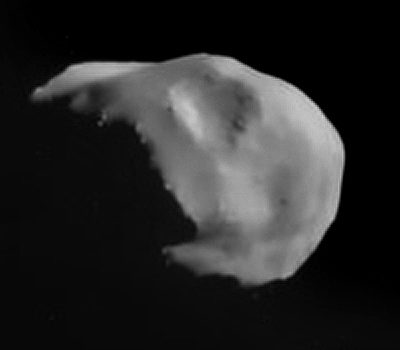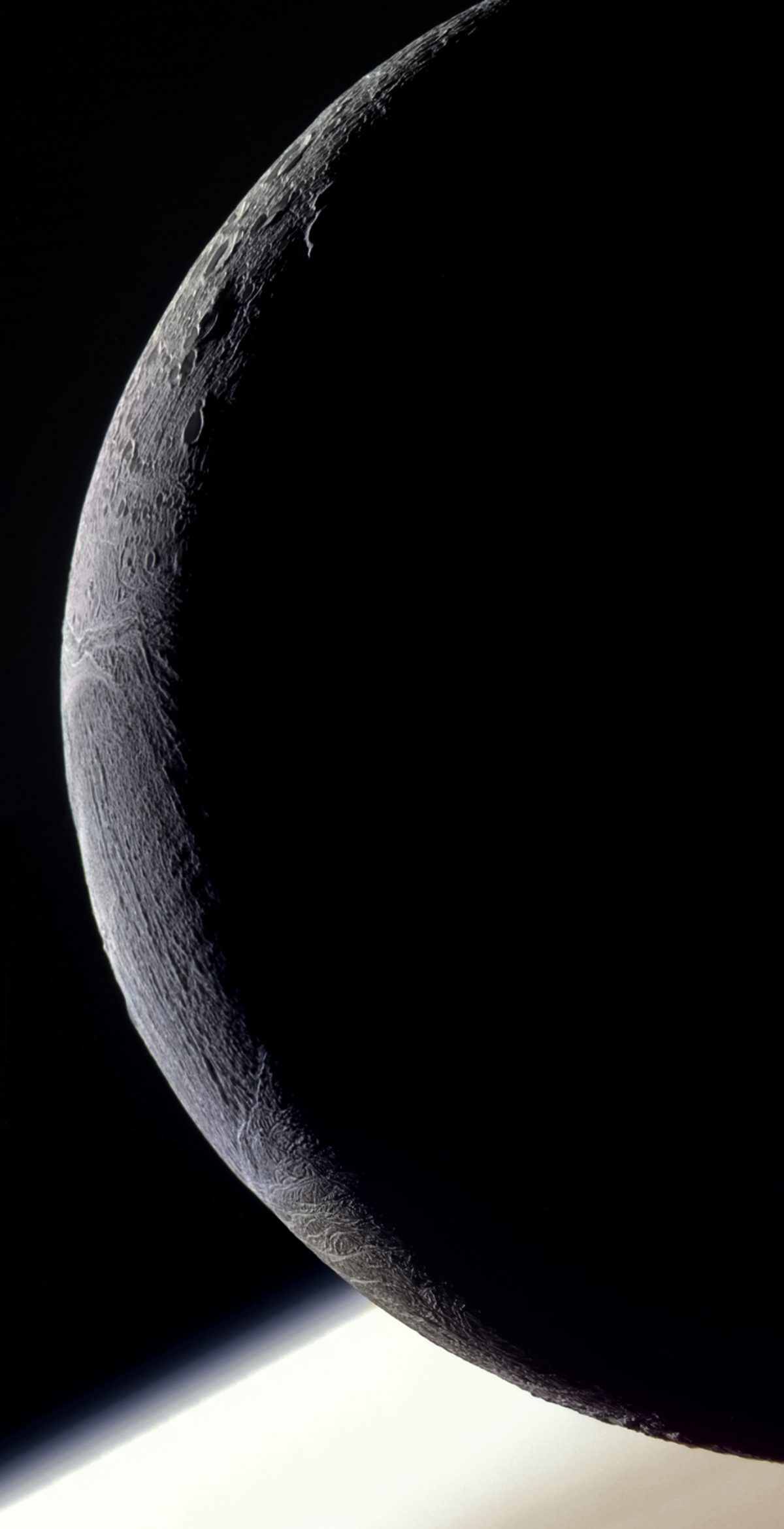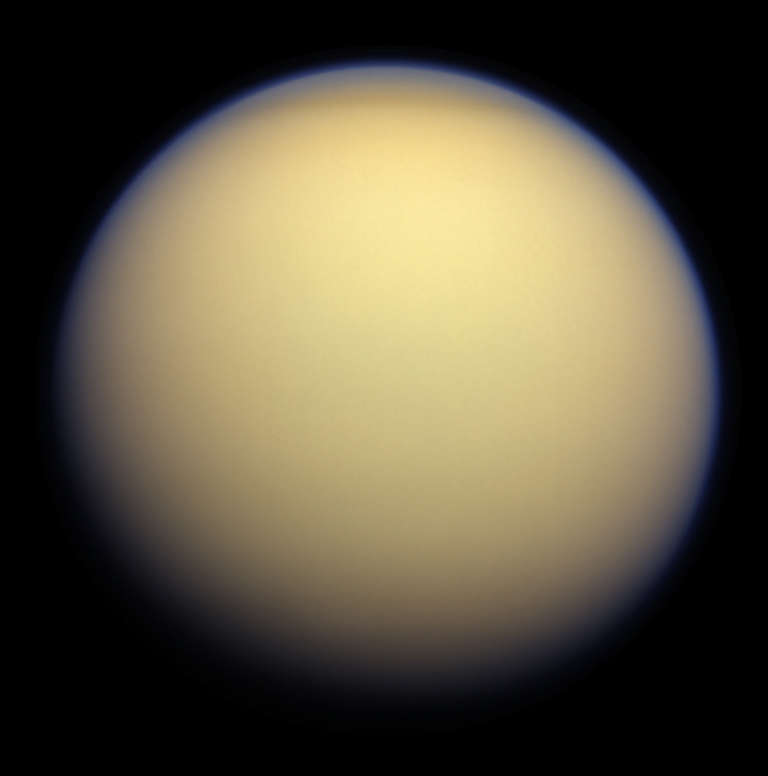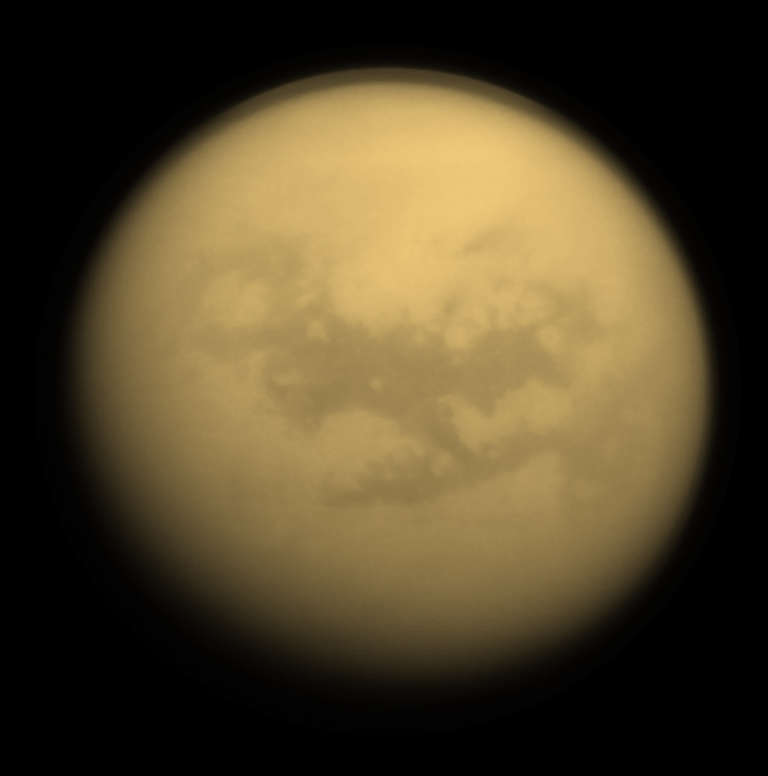Emily Lakdawalla • Jan 15, 2016
Pretty pictures: Bittersweet goodies from Cassini at Titan, Enceladus, and Telesto
Tomorrow, Cassini will fly by Titan, picking up a gravity assist that will tilt its orbit slightly up and out of the ring plane. That will end what has been a wonderful year of frequent encounters with Saturnian moons. In fact, this is it for Cassini equatorial orbits; the mission has no further close-up, targeted encounters with any other moon except Titan, which it must continue to pass for orbital tweaking. Cassini will continue to acquire occasional, more distant photos, but there are only three mid-sized moon flybys with any planned imaging this year, one of Mimas in March and one each of Tethys and Enceladus in November.
So my feelings are mixed right now as I visit the Cassini raw images website and check out the latest photos, which feature many pretty pictures of Enceladus, Mimas, and smaller moons, notably Telesto:

I thought this image of Enceladus over Saturn was especially pretty and poignant:

And not to neglect Titan, here's a really nice recent global portrait:

Val Klavans processed another image from the same observation, taken through a methane filter so as to make the surface visible. I think this is my favorite hemisphere of Titan. Enjoy using the "Before & After" feature to strip the atmosphere away from the surface:
I made a map so you can see what all these geographic features are named:
All too soon, all of Cassini's images of moons will be in the Planetary Data System, and I'll start making summary collages of Cassini's moon imaging. That's going to be fun, but also sad. I'm not ready for this mission to be over!
Let’s Go Beyond The Horizon
Every success in space exploration is the result of the community of space enthusiasts, like you, who believe it is important. You can help usher in the next great era of space exploration with your gift today.
Donate Today

 Explore Worlds
Explore Worlds Find Life
Find Life Defend Earth
Defend Earth



